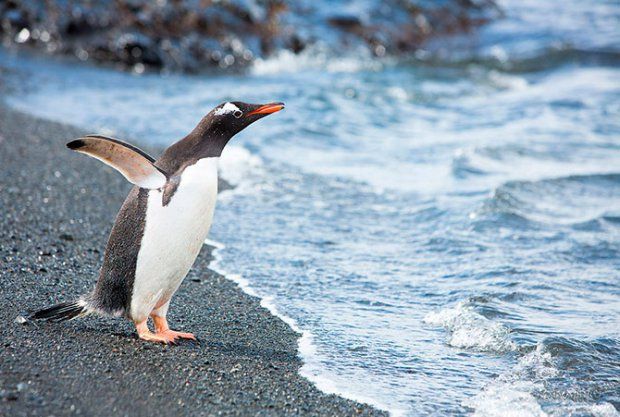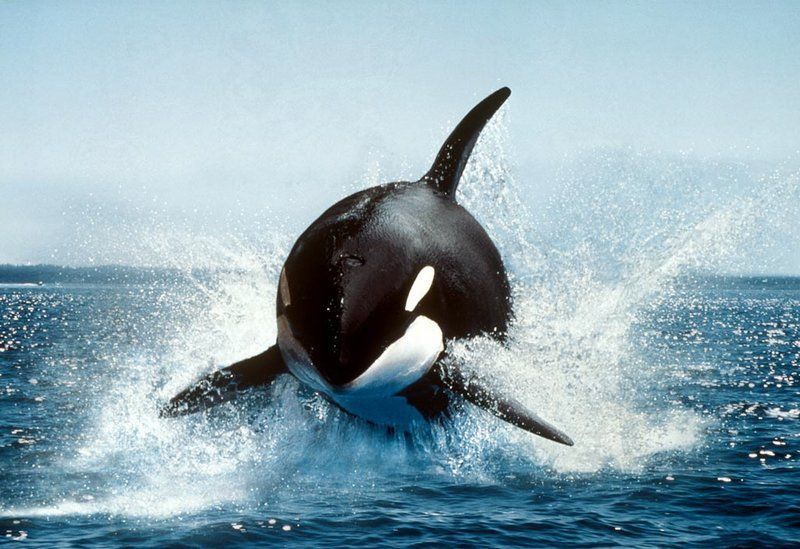Ancient arthropods of our planet
Bruchiopods, or brachiopods, are solitary marine benthic animals. The soft body of which is located in a shell of two valves, unequal in size and shape. In the Paleozoic seas, animals with bivalve shells, brachiopods, were extremely widespread. They differ from bivalves in the internal structure and position of the shell. In the cavity of the shell there is a huge (compared to the body) trapping spiral organ. When the shell doors open, the tentacles force water inside and strain small animals out of it. Brachiopods sit motionless throughout their lives. They attach their legs to stones or shells of other animals. Some of them burrow into burrows near the shore and are sometimes able to crawl some distances. The first brachiopods appeared in the Cambrian period. Their greatest flourishing occurred during the Paleozoic period, but then the number of species decreased and at the border of two eras - the Paleozoic and Mesozoic - most of the brachiopods died out. About 440 species of brachiopods live in modern seas, but a significant part of them are not at all similar to their Paleozoic counterparts. In our area there was a very large number of brachiopods, which is proven by my findings on the Novaya Ulbinka River.
Type of bryozoan (Bruozoa)
Bryozoans are attached benthic, almost always colonial animals (with the exception of some groups). They live mainly in sea water. The overall shape of the colonies is usually not constant and is irregular in shape. They resemble small land plants such as moss. About 10,000 species of bryozoans are known, more than half of which are fossil forms. Bryozoans feed on single-celled animals and algae. Bryozoans appeared in the Ordovician and live in modern seas.
Class Crinoidea
Crinoids are crinoids and the most common of the attached echinoderms. Echinoderms are solitary animals leading a sedentary lifestyle. The sea lily consists of a crown, stem, and root. The crown of the lily consists of a box and “five arms” radiating from it. Crinoids appeared 500 million years ago and exist in modern seas. During this time, crinoids changed their way of life: in the Paleozoic they lived in shallow water and were attached, in the Mesozoic and Cenozoic they gradually moved to living in depth, crawling forms and even swimming ones appeared. I found fossil remains of these animals on the territory of the Leninogorsk Basin.
Subclass Canularia
Canularia are ancient jellyfish, which are fossil animals whose remains are found primarily in the Devonian. The skeleton of the canularia has the shape of a tetrahedral pyramid with a square cross-section. The height often reaches 10 mm, and in some cases 30-40 mm. Moreover, the skeleton is extremely thin-walled. Canularia became extinct during the Jurassic period.





No comments here yet.